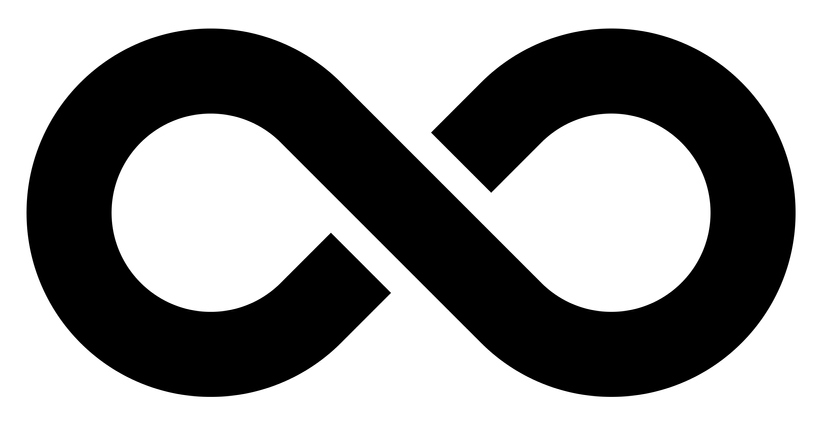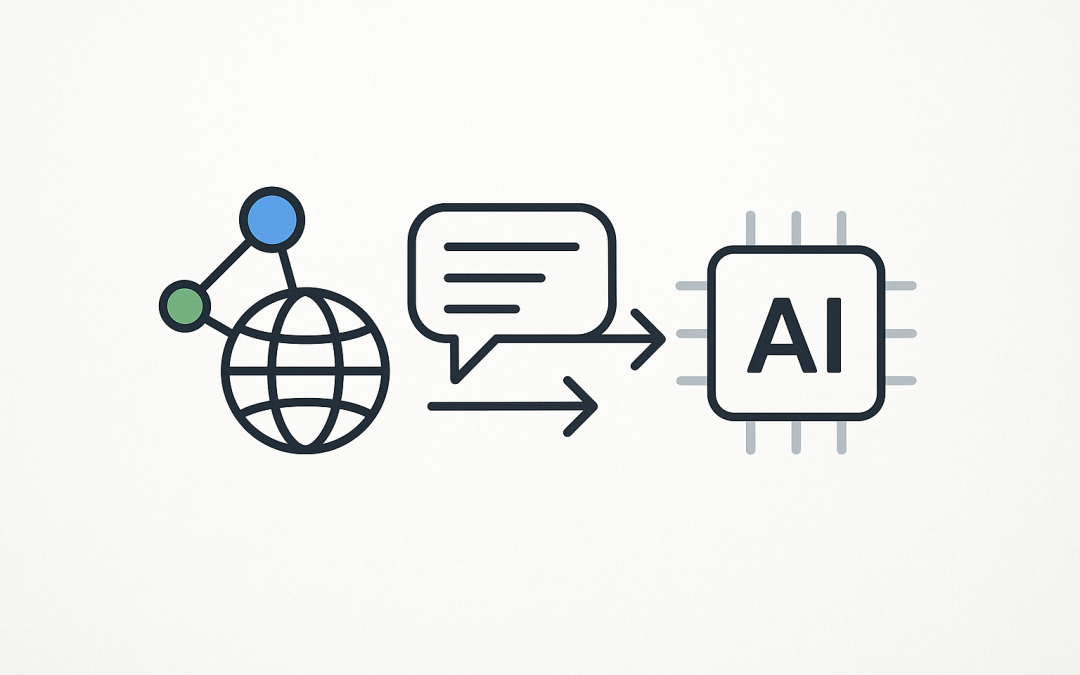When it comes to making sense of complex data, especially in the era of AI, two concepts often come up together: Cypher queries and RAG technology.
Cypher queries are the language behind graph databases like Neo4j, while RAG (Retrieval-Augmented Generation) is an approach used in modern AI systems to improve how large language models (LLMs) fetch and reason over data. Put simply, Cypher helps you ask smart questions of your data, and RAG helps AI answer those questions by combining raw data with generative reasoning. Together, they’re changing the way organizations handle knowledge and intelligence.
A High-Level Look at Graphs and RAG
Imagine your business data as a big web of relationships — customers linked to orders, orders linked to products, products linked to suppliers, and so on. Traditional databases often struggle to capture these connections naturally. That’s where graph databases come in, and Neo4j is the most popular one. Instead of tables and rows, you store data as nodes (things) and relationships (connections).
Now, add RAG to the picture. Large language models like GPT can generate human-like text, but they don’t always “know” your specific business data. RAG fixes this by pulling information from an external source (like a graph database) and then letting the LLM generate an answer that’s accurate, relevant, and context-aware.
What is Cypher?
Cypher is the query language used in Neo4j. If SQL is how we talk to relational databases, Cypher is how we talk to graphs. It’s designed to be readable and intuitive, often looking like diagrams of nodes and connections.
Here’s a simple example:
MATCH (customer:Person)-[:PLACED]->(order:Order)
WHERE customer.name = "Alice"
RETURN orderThis query finds all the orders placed by a customer named Alice. Notice how it’s not about joining tables but about navigating relationships. The arrows (->) represent connections between nodes, which feels natural when working with networks of data.
Another example:
MATCH (a:Person)-[:FRIEND]->(b:Person)
RETURN a.name, b.nameThis returns pairs of people who are friends. If you’re analyzing a social graph, this kind of query is far simpler than trying to model the same logic in SQL.
The Technology Behind RAG
RAG stands for Retrieval-Augmented Generation, and it combines two powerful ideas:
- Retrieval – Pulling relevant documents or facts from a database or knowledge source.
- Generation – Using an LLM to synthesize those facts into natural language.
Here’s how it works in practice:
- Step 1: A user asks a question, like “What were Alice’s last three orders?”
- Step 2: The system retrieves data using Cypher queries in Neo4j.
- Step 3: The retrieved results are passed to the language model.
- Step 4: The LLM generates a clear, human-readable answer like:
“Alice placed three orders in the last month: two for books and one for a laptop.”
This blend solves two problems:
- It grounds the AI’s response in real data (reducing hallucinations).
- It lets users interact with complex systems in plain language without needing to write Cypher themselves.
Why Cypher and RAG Work So Well Together
The real magic happens when you combine graph-based querying with AI-driven reasoning. Graph databases are ideal for RAG because they can surface highly connected data quickly. Instead of running expensive relational joins, you just follow the graph.
For example, imagine a customer support assistant powered by RAG. When a customer types:
“Why did my order take so long last month?”
The system could:
- Use Cypher to retrieve order history, shipping delays, and supplier issues linked to that customer.
- Pass those results into the AI model.
- Generate a friendly, contextual answer:
“Your order was delayed because the supplier experienced a shipping backlog. Future orders should be faster since the supplier has resolved the issue.”
That’s not just data retrieval — that’s insight, powered by combining structured graph queries with generative AI.
Practical Examples
- Fraud Detection: Cypher can map suspicious relationships between accounts. A RAG-powered AI assistant can then explain the reasoning in plain English to an analyst.
- Healthcare: Neo4j stores connections between patients, doctors, treatments, and outcomes. RAG lets a doctor ask, “What treatments worked best for patients with similar conditions?” and get a reliable answer.
- Enterprise Knowledge Management: Instead of searching through endless documents, an employee could simply ask, “What projects are related to cloud migration?” and RAG would fetch the graph data and summarize the findings.
Closing Thoughts
Cypher queries and RAG are not just buzzwords — they represent a real shift in how we manage and use information. Cypher, with its intuitive way of querying graphs in Neo4j, makes connected data easy to explore. RAG, by marrying retrieval with AI-driven generation, makes that data instantly usable for humans.
Together, they’re enabling businesses to move beyond static reports and dashboards into a world where questions are answered instantly, context is clear, and insights are richer than ever before. Whether you’re building smarter customer support, powering research, or simply making your business data more accessible, Cypher and RAG are technologies you’ll want in your toolkit.
Discover more from CPI Consulting -Specialist Azure Consultancy
Subscribe to get the latest posts sent to your email.

